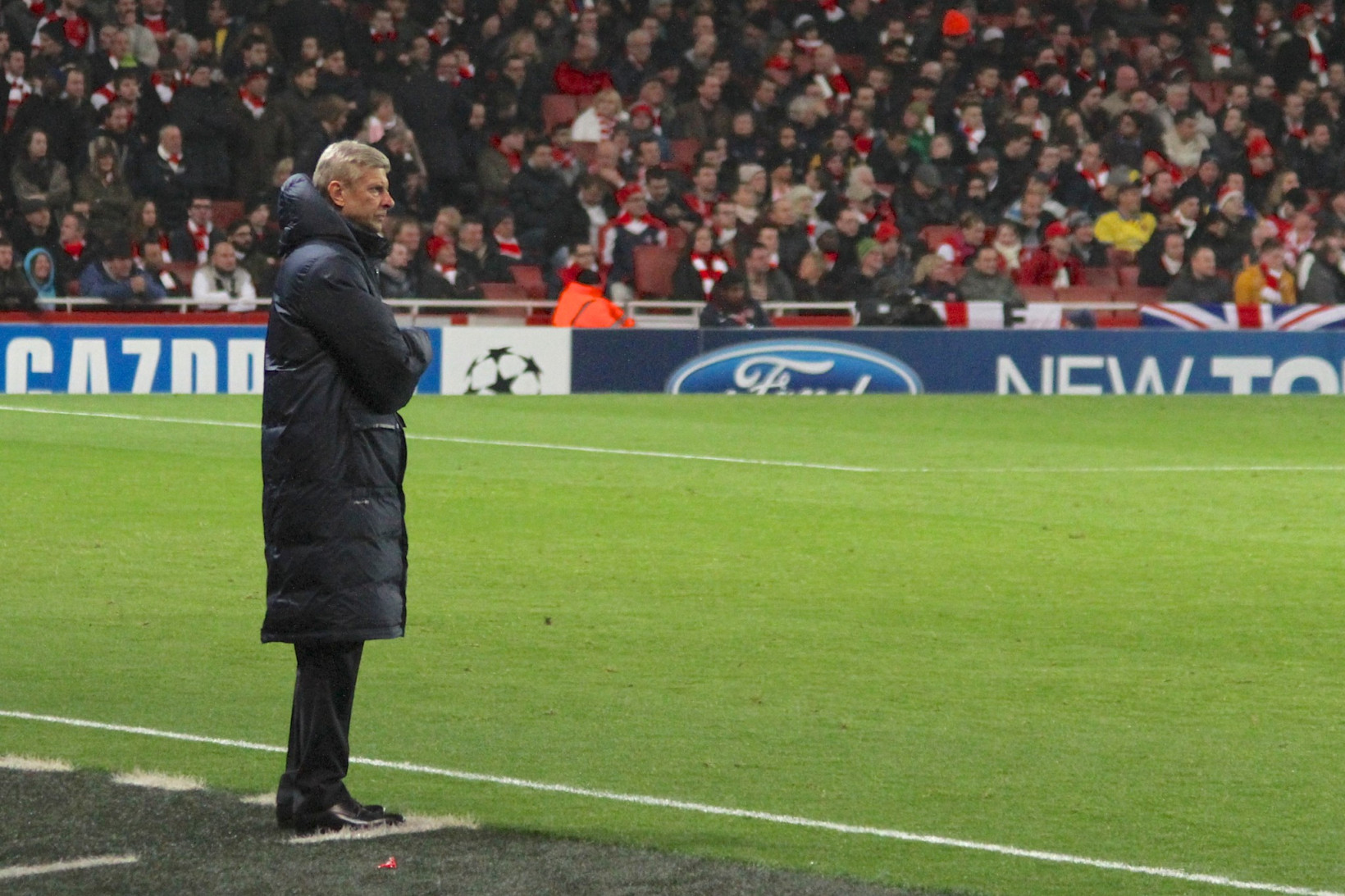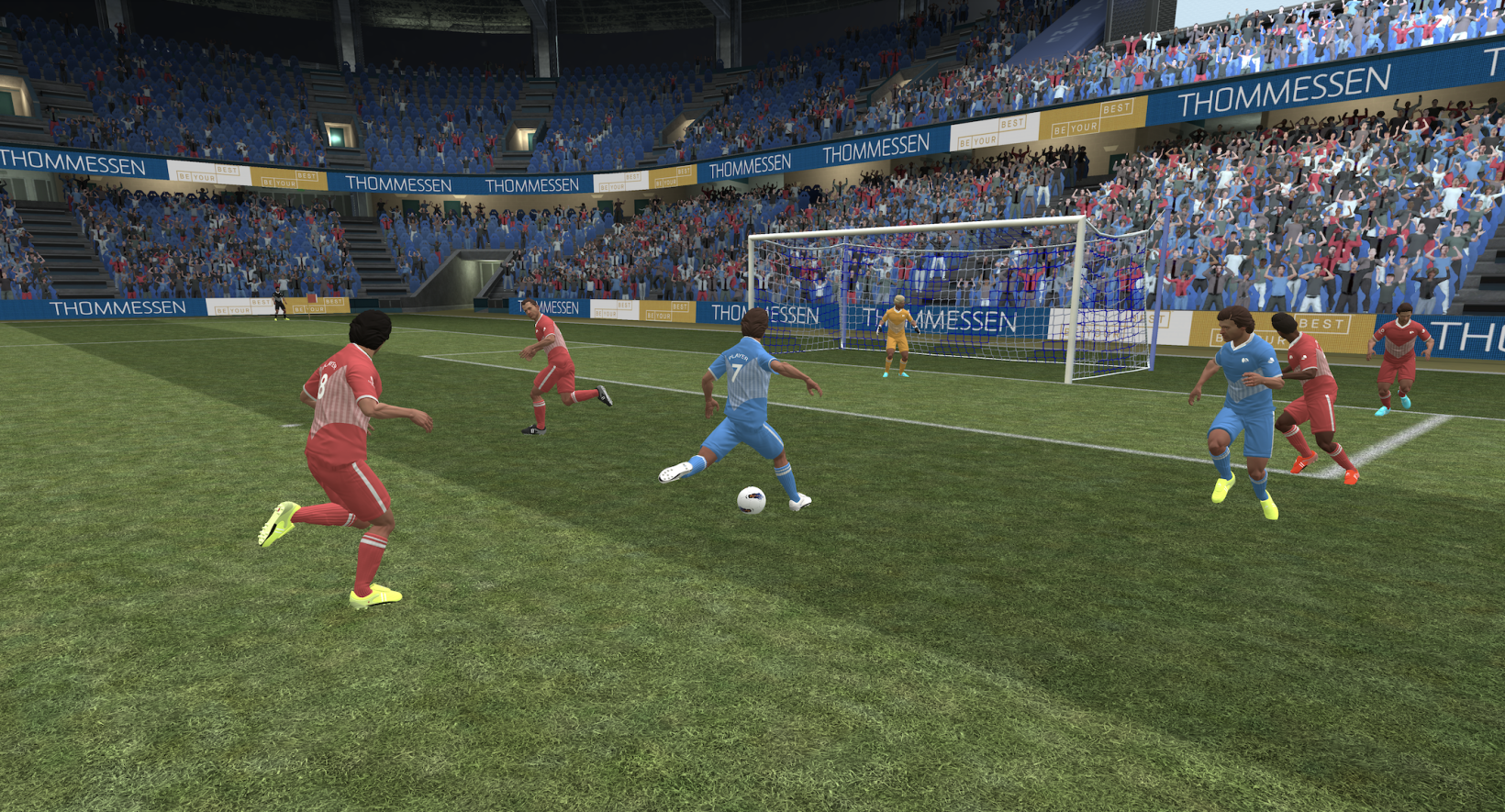On a cold winter’s night in London, Arsenal captain Martin Odegaard stood alone on the pitch. As football fans flocked into the 60,000-seat stadium, his teammates warmed up for the match by blasting shots against the goal. Odegaard had another plan. The 25-year-old wandered into a deserted patch of grass and began his routine.
Suddenly, one training staff passed the ball towards his feet while another closed him down from behind. In response, Odegaard quickly glanced over his shoulder, checked where the defender was, and turned the other way.
That was it: check, the shoulder, took a touch. Again and again, he repeated the routine. There was no pass, shot, or trick. It was all about that glance.
They call the technique “scanning.” Odegaard is a master of the craft. In a single game last March, the midfield maestro registered 493 scans — a number experts called “insanely high.” Yet there was a time when he couldn’t manage even one.
It was 2018, and the Norwegian starlet had broken a bone in his foot. His football was over for the season. So, it seemed, was his scanning. Until he entered virtual reality.
Odegaard was introduced to the tech by a compatriot. An Oslo-based startup called Be Your Best had developed VR software that generates scanning simulations based on real football matches.
The concept tapped into an emerging phenomenon in sports tech: brain training.
“That’s a skill. And it’s going to become more and more important.
With his body incapacitated, Odegaard welcomed the workout for his mind. After strapping on a headset, he entered the first-person perspective of a player on a pitch. With haptic controllers in his hands, he directed his avatar as the match progressed.
As he played, performance metrics tracked three aspects of his scanning: the scan rate (his frequency of scans), scan timing (when he made crucial glances) and critical scans (his last look before receiving the ball). Additional measures assessed his situational awareness and decision-making.
Research suggests it works. One study found that players who train with Be Your Best (BYB) improve their scan frequency and forward passing — the principal route to goals. It’s also surprisingly fun, as I found out for myself.
Odegaard provided a more illustrious endorsement. He also contributed to the product’s development.
The playmaker wanted to test his skills at an even faster speed than elite-level football. Be Your Best fulfilled the request.
“Now that’s something that you can do in the product — play at 120% game speed,” Andreas Olsen, the company’s CEO, tells TNW.
Game intelligence
Had life taken a different turn, Olsen could have been a colleague of Odegaard’s.
As a child in Norway, he’d been a promising prospect in the renowned academy of Viking Football Club. The youth system has developed numerous stars for the national team, including father-son duo Erik and Kristian Thorstvedt (more on the latter later).
Like Odegaard, Olsen suffered a devastating injury as a teenager. But unlike Odegaard, he decided it was time to end his football dream.
Olsen transitioned to a career as a tech entrepreneur. One day, he got a call from the co-founder of Be Your Best: was he interested in returning to football?
“I couldn’t say no,” he says.


Memories from Olsen’s playing days guide his vision for the product. He wants to allay the anxieties he felt in Viking’s academy.
“How can you decrease that feeling for players? By training players in-game intelligence and their ability to scan. That is a skill. And it’s going to become more and more important.”
Indeed, cognitive performance is attracting surging interest and investment across sports. It’s also ripe for digital disruption.
Digitising cognition
Contemporary sports science has pushed athletes close to their physical capacities. With bodies near their limits, the focus is now shifting to the brain.
Arsenal’s former manager, Arsene Wenger, has promoted the transition. Now the head of global football development at FIFA, the 74-year-old envisions cognitive tech turbocharging talent.
“We have seen from feet to head everything has improved,” Wenger said in 2021. “The physical time dedicated to improve is now limited… I see the next step being technology used to train our brain.”


At many leading teams, that next step is already well underway. French club RC Lens recently trialled a sensor-equipped headset system built by Spectre Biotech, a Paris-based startup, that identifies neural biomarkers linked to conditions such as sleep deprivation.
Dutch league leaders PSV have used neurological tests designed by their compatriots at BrainsFirst, which measures football IQ to guide player development.
England’s Liverpool FC have experimented with brain sensors developed by German company neuro1, which analyses a player’s optimal mental state.
Wenger has also closely embraced cognitive tech. When he was coaching Arsenal in 2017, the club tested a VR system built by Dutch tech firm Beyond Sport.
The system was designed to boost the players’ decision-making, but they suffered from a common side-effect of VR: motion sickness. Still, Wenger was impressed with the results.
“You can put the right-back in his position, and see the exact same vision as he has when he is in the game,” he said. “The vision factor, and the quality of information you get before you get the ball, will certainly be a decisive evolution.”
That use case was recently showcased by Real Madrid star Aurélien Tchouaméni. Last October, the France international tapped BYB to facilitate a move from midfield to defence.
At the very least, the training didn’t hurt. With Tchouaméni starring in a new role as centre-back, Real won 4-0.
@aurelientchm Embrace the 🆕 #realmadrid
Brain scanning
Scanning is another concept that Wenger has embraced. In the 2017/18 season, the Arsenal coach engaged with another Norwegian expert in the field: Professor Geir Jordet.
A football psychologist at the Norwegian School of Sports Sciences, Jordet pioneered the academic study of scanning. He’s studied the concept since the 1990s, written a PhD on the associated skills, and is widely considered the world’s leading authority on scanning. He’s also the co-founder of Be Your Best.
In the research with Arsenal, Jordet’s team found a correlation between scanning frequency and passing accuracy. They also learned that high scanners completed 75% of their forward passes — the typical route to scoring goals. For low scanners, the number dropped to 41%.
Timing is key. Elite players scan between teammates’ touches of the ball. When the ball is touched, it changes direction/pace, so they look at the ball. Between touches (or when the ball moves between players), nothing new happens with the ball, so they look at other events. 8/15 pic.twitter.com/eD4CNj5IBg
— Geir Jordet (@GeirJordet) October 14, 2021
Jordet launched BYN to boost these numbers — and research suggests he’s succeeding. Studies have shown that Be Your Best (BYB) users double their forward pass completion and increase their scan rate by an average of 28%.
Those factors are particularly beneficial for midfielders, whose games rely on vision, creativity, and interplay. Odegaard and Tchouaméni are two prime examples. Another is Kristian Thorstvedt, the aforementioned Norwegian international.
“As a midfield player, you have to be aware of your surroundings at all times,” Thorstvedt, a playmaker for Sassuolo of Italy’s Serie A, tells TNW on a video call.
“And the more control you have of your surroundings, the easier it is to make the right decisions.”
Thorstvedt’s search for control led him to BYB. He first tried the product as a youth player for Norway, where he now plays alongside Odegaard in midfield. Four years later, he still uses the software to mentally prepare for games or during recovery from injury.
“For me, it’s about making the right decisions… that’s what I try to develop when I’m using the product,” he says. “It helps you gain so much, not only offensively but defensively as well.”
But could it help lower-level midfielders as well? What about the absolute dregs of the position? I decided to find out.
Playing the game
I’m in an empty London office wearing an Oculus headset and entering some settings. Suddenly, I’m launched onto a digital pitch in a virtual stadium.
The game begins immediately. Surrounding players/teammates pass and move, while opponents try to steal possession. I roam the field, searching for the right time and place to receive the ball and pass.
Fine lines would define my success: Move too slow or make the wrong decision and the ball is lost. But react with intelligence and you could create a goal.
I managed this a grand total of once. While scan rate and timing were generously described as “pretty good,” my critical scanning was euphemistically deemed to “need some work.” Safe to say, the 120% speed wasn’t necessary.


BYB didn’t only expose my lack of skills. It also demonstrated how much fun VR football simulations could be. Unfortunately, they’re a long way from a commercial release.
The technical requirements of hyper-realistic sports games are simply too complex for virtual reality. Graphics in headsets remain limited, movements are too restricted, and physical motions don’t naturally convert to handheld haptics — particularly from the feet.
Another daunting barrier is the market size. While video games had an estimated global user penetration rate of 45% in 2023, VR’s was a mere 1.3%. You can also still play football in real life, unlike, say, the most popular VR genre: first-person shooters.
For now, the costs and complexities of producing realistic football games in VR appear insurmountable. For training tools, however, the obstacles are smaller. Match mechanics are limited, graphics can be fairly rudimentary, and the customers have big budgets for improving their players.
One group of them provides a particularly attractive target.
Future players
While the likes of Thorstvedt, Tchouaméni, and Odegaard provide glamorous endorsements for BYB, the company’s prime target users are youth players.
The Germany squad that won the recent under-17 World Cup is a prime example. Another is the academy of former Champions League club giant Borussia Dortmund.
Like Odegaard, sometimes the teams have also contributed to the product. FC Copenhagen, the reigning Danish champions, co-developed a cognitive assessment for the software called BYBCAT. The brain training tool tests and measures game intelligence across 14 different abilities, from working memory to pattern recognition.
FC Copenhagen uses the tool to develop young talent. By identifying cognitive capabilities at an early stage, the club can guide the players’ paths into the first team.
“We have found that central players in our academy have higher rates of scanning and also working memory and pattern recognition; wide players have a tendency to have much better reaction times,” Jes Buster Madsen, a neuroscientist who’s FC Copenhagen’s head of R&D, said last year.
“That allows us to say if that player is supposed to play first team in the next year, he needs to develop the cognitive capacities that are needed in his position, so you can have a way more specialised focus in terms of what to train and how to develop the player.”
It’s an approach that Wenger supports.
“The problem in football is that you learn how to play [the wrong] way round — first execution, then decision making and perception last,” he said in 2019.
“I have lost many top players because their head was on the ball and they were not seeing what was around them… Once a circuit is printed in their brain, we managers find it extremely difficult to change that.”
Changing that circuit is particularly difficult for European clubs. Across the continent, football training methods are deeply entrenched and new ideas met with scepticism. In the US, cognitive training tech is more readily accepted.
It’s a cultural divide that’s impacted BYB’s business. Currently, the company’s biggest market is the US, which accounts for about 50% of customers.
Still, there are signs that European attitudes are changing. Football is now a global business in a digital era. With split-second decisions winning matches – and millions of euros – the allure of cognitive skills is becoming irresistible.
This story is part of a new TNW monthly series on sports tech.






